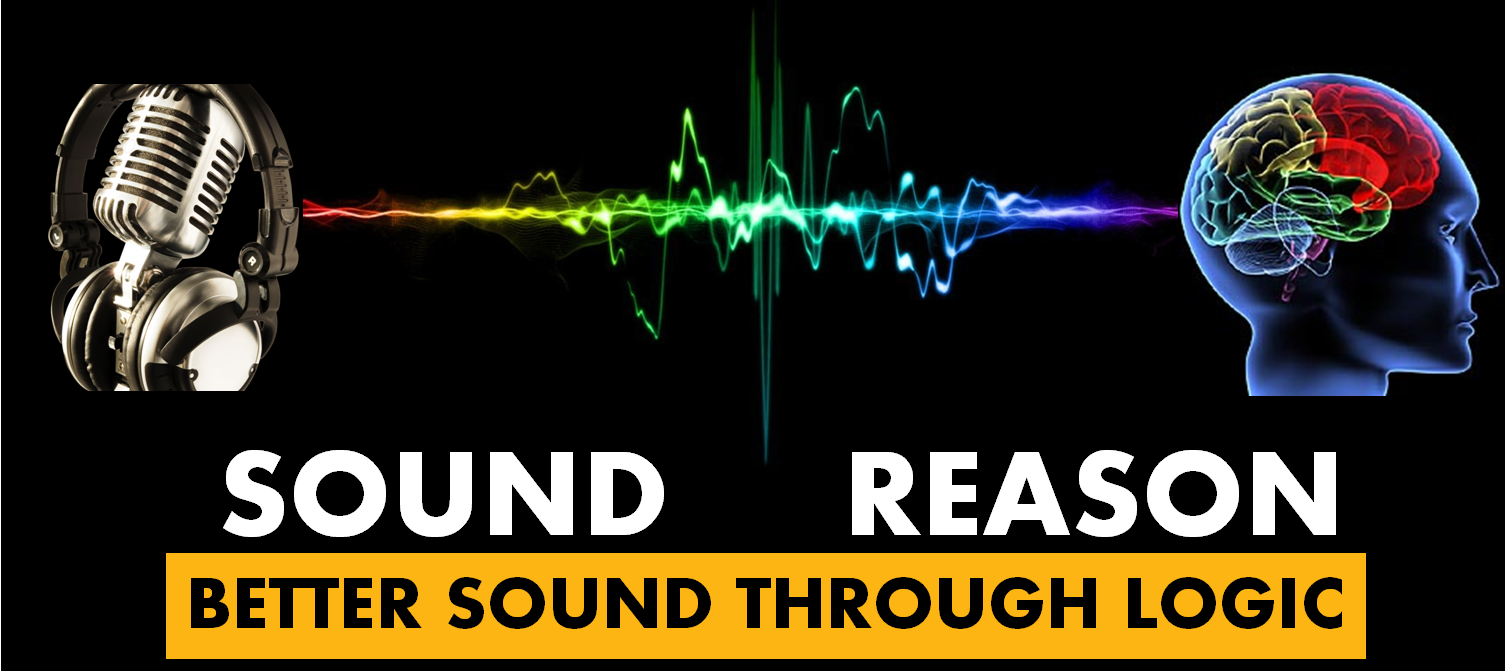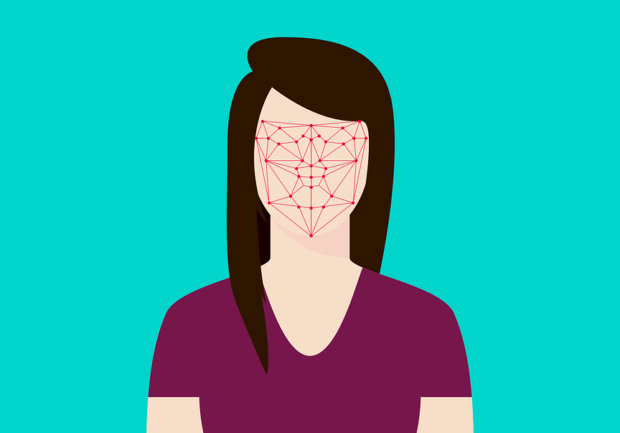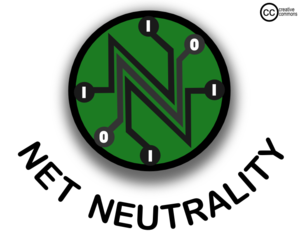This piece originally appeared in Volume 49, Issue 2 (pg 8) of The Advocate from Santa Clara School of Law.
All it takes is that quick glance down and your phone springs to life. No need for a code, no need for a fingerprint, merely using the front-facing camera to capture your image and your phone knows it’s you. Has anything been more convenient in the way we interact with our personal devices? Of course, there’s still certain risks that come with using biometric traits, such as facial recognition, as the access key to our devices.
The recent landmark decision by California Magistrate Judge Kandis Westmore declaring that law enforcement cannot compel individuals to use biometric features such as faces or fingerprints, making them akin to passcodes when unlocking personal devices, may be the first in a series that raises significant questions when it comes to individual rights and facial recognition. As technology companies begin to offer and deploy these solutions for a myriad of uses, we will now have to consider at what point facial recognition software crosses the line from useful tool to violation of individual rights.
The Tech in Facial Rec’
The first consideration is the technology. There is immense value that facial recognition can provide. Not only can it be a tool to aid with accessibility for disabled individuals, but there are benefits in terms of constructing environments that better suit how people use them. Jake Tesler, R & D Hardware engineer for technology consulting firm TEECOM shared, “The business use case of being able to track identity is that it can help, long-term, in figuring out how people effectively manage and use spaces. Not just looking at it in terms of groups of people, but actual, specific people.” Tesler continued, “It can help you with office layouts and figuring out how to organize teams, where to put people, and how to make a more universally accessible space.”
To accomplish this task, companies could use as few as two to three images of employees acquired in the process of getting head shots for the website or a photo for an access badge and input these images into a piece of software. The software would then compare the images and build a dataset for each individual and store that information in a database. Once each person is in the database, all that’s required is that person’s image being captured on a camera and the stored dataset being matched.
Of course, this immediately raises questions in regards to how that information is being stored and with whom it is being shared. Jacob Snow, Technology and Civil Liberties Attorney at the ACLU of Northern California, says, “There’s a threshold question as to whether or not companies should be enabling surveillance in the world we live in where communities of color and immigrants are being targeted, persecuted, and, in some cases, terrorized by the government. And what role private companies have in saying ‘no’ to technology enabling that kind of behavior.”
Benefits v. Risks
Companies internally using facial recognition may raise some privacy concerns that must be taken into account, but W. David Ball, Associate Professor at Santa Clara University School of Law, draws a distinction between private companies and law enforcement. “It can be [a] state action if the police department says to the private company ‘I want to contract with you for doing that.’ But if it’s Amazon that’s collecting this information, or Facebook, or other multiple private entities that are monitoring us, that’s not a Fourth Amendment issue.”
Ball explained, the Fourth Amendment had been read to extend only to property until Katz v. United States where the Supreme Court, “moved away from this property conception and toward a reasonable expectation of privacy conception.” He continued, “When I go out and walk in the street, that’s not private. If police are staking out my house; if police have binoculars watching my front door; if police have a camera trained on my front door, those are all things where it’s my front door and that’s exposed to the public so there is no reasonable expectation of privacy.”
If we are aware and accept that this technology exists and we are subject to it, what is the risk? Snow says, “It is possible to use facial recognition as a biometric at scale with hundreds or even thousands of people being identified in a single image.” Using the example of a political protest, Snow continued, “It’s not possible in an instant to fingerprint every single person at a political protest, but you could recognize their face with a face surveillance tool. Those characteristics make facial recognition uniquely dangerous for civil rights, civil liberties, and resisting pervasive surveillance in our society.”
Snow further elaborated on the dangers, saying, “For facial recognition, there are reasons why the nature of it as a biometric is unique. It operates at long distances without the knowledge of the person identified; there’s no way for the person to know if they have been tracked and identified; it’s also not possible for someone to reasonably avoid being identified by facial recognition.”
Snow is not alone in considering the risks. Ball recognizes, “There’s a pervasiveness that the Founders could not possibly have imagined where you can literally track everyone’s coming and going every day; you can do it after the fact; you can do it cheaply; and to allow the government access to this information without a warrant is a little scary.”
When Does it Cross a Line?
This is where groups like the American Civil Liberties Union come to the aid of the individuals. Snow draws the distinction between the possible usefulness and dangers of facial recognition. “Any system that can identify a missing child can also identify a political dissident. Any system that can identify a criminal can also identify a person that is undocumented. The risks to communities of color, to immigrant communities, to poor communities from this new form of technological power is significant. Building this infrastructure is a harm that, once it’s built, it can’t be undone.”
For Snow, it isn’t just a legal question, there is also an ethical question that must be evaluated, “You have the question of whether or not using facial recognition in a given context violates the law and then there’s the question as to whether or not private companies can be using it whether it’s legal or not.”
When asked where the line is between facial recognition being a useful technology and a violation of civil liberties, Snow stated, “the line has to be established based on an understanding of the technology. It’s not something that should be established based on how pervasive the technology is because once technology becomes pervasive, it’s much more difficult to roll it back.”
The creation and adoption of technology exists on a sliding scale. On one end, you have security. On the other end you have convenience. The more convenient something is, the possibility exists for it being much less secure. The more secure something is, the possibility exists for it being extremely inconvenient to use. Until further decisions come down and the law draws further distinctions between an individual’s right to privacy and the capabilities of technology, the best people can do is be aware. The ACLU has blogs and reports to provide information on the topic, as do other public interest groups such as the Electronic Frontier Foundation.



